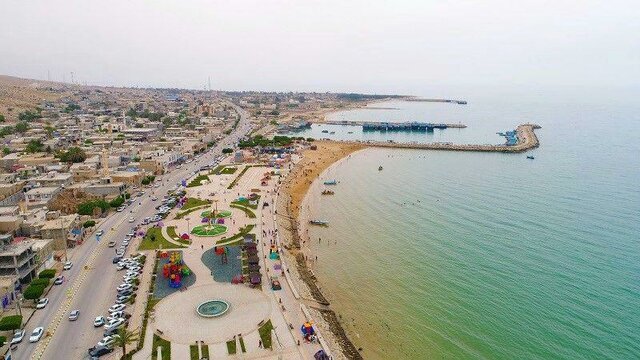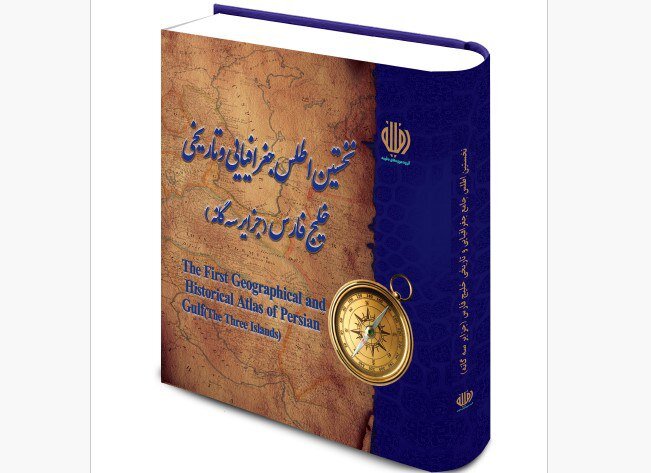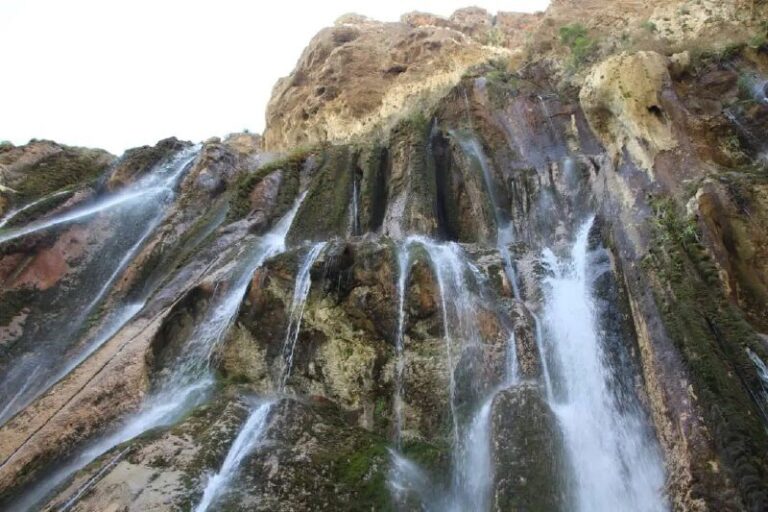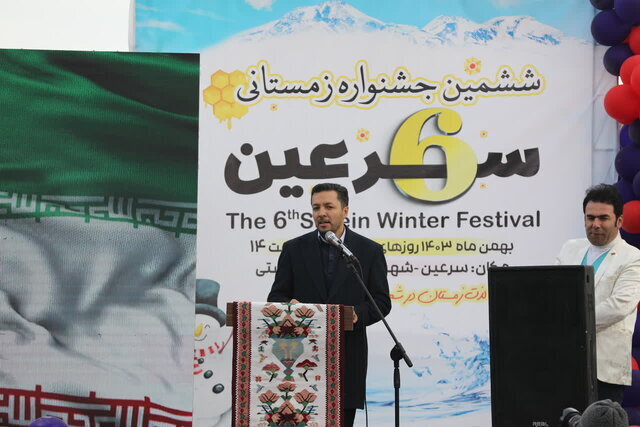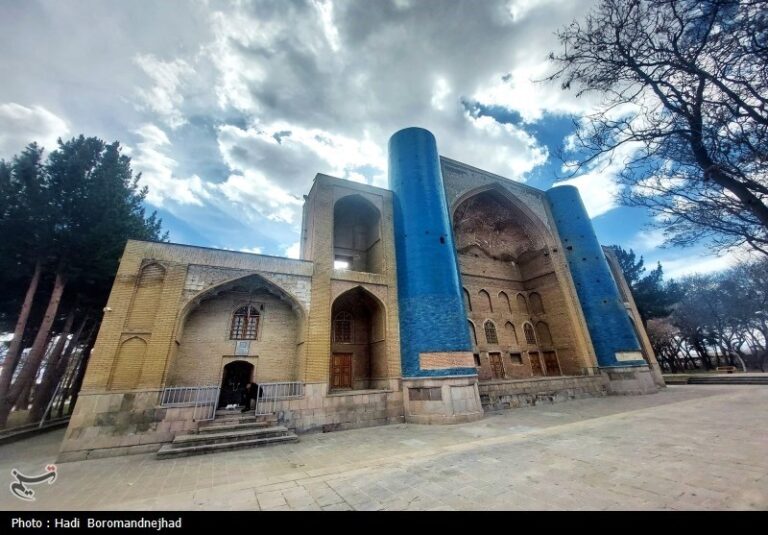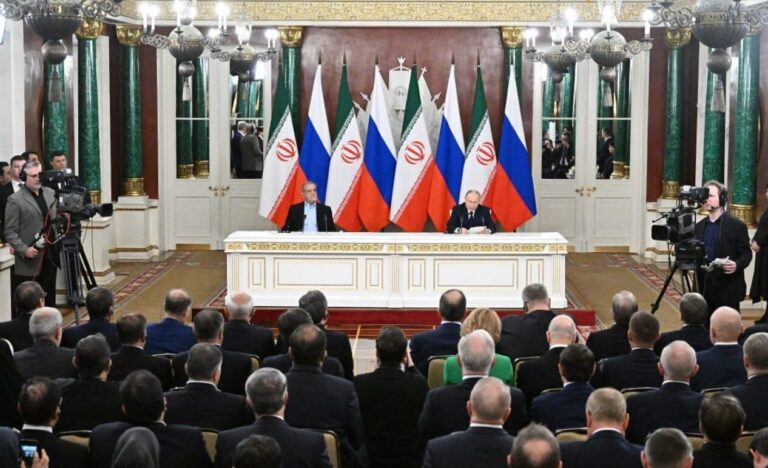Ministry Focuses on Registering Persian Gulf Treasures on National and International Lists
In a significant move to preserve the historical identity of Iran, an Iranian tourism official has announced the initiation of a process to document and register the cultural elements of the Persian Gulf. This effort underscores the waterway’s prominence in both historical documents and archaeological findings.
The head of the Department for Intangible Cultural Heritage at the Ministry of Cultural Heritage, Tourism, and Handicrafts, Alireza Izadi, emphasized that this is a strategic measure aimed at defending Iran’s cultural identity, as reported by ILNA.
During his recent visit to Bushehr province, Izadi highlighted that one of the Ministry’s top priorities is to safeguard and preserve Iran’s historical identity. He stated, “Based on reliable historical documents and scientific evidence in archaeology, the name of the Persian Gulf is an undeniable truth that should be registered nationally and stabilized globally as an intangible heritage.”
Izadi expressed concerns over repeated efforts to distort the name of the Persian Gulf by certain groups. He noted that under the explicit directive of Reza Salehi Amiri, the Minister of Cultural Heritage, Tourism, and Handicrafts, a comprehensive document is currently being compiled within the archaeological sector, focusing particularly on the ancient Siraf port.
“Some political rivalries and behaviors in international forums should not cause us to neglect the historical authenticity of this name,” Izadi warned. “The Persian Gulf is an integral part of Iranian civilization, and preserving it is not just a national duty but a cultural responsibility.”
Highlighting the vast potential of Iran’s spiritual heritage, Izadi mentioned that there are currently over 50 intangible heritage documents under review for registration on the National Heritage List. Many of these documents are related to four southern provinces, he added.
In terms of tangible heritage, he noted that close to 50,000 items have already been registered on the National Heritage List. He pointed out that various cultural concepts—such as customs, traditions, cuisines, and oral histories—especially those honoring heroes and martyrs like Martyr Raees Ali Delvari, Martyr Mohammad Ibrahim Hemmati, and Martyr Safari—deserve to be documented and preserved for future generations.
Izadi also touched upon the significance of Bushehr in the realms of history, handicrafts, and marine tourism. He highlighted that documenting the epic struggles of the Bushehr people against the Portuguese is part of the broader effort to record national identity. According to him, Bushehr serves as a crucial base for sustainable tourism development within the country.
In conclusion, Izadi stated, “Tourism development is the main path to sustainable development for our country. We are obligated to document and record the elements that shape Iran’s identity and to present and protect them in a professional and national context, reflecting the civilization of the Islamic Republic of Iran.”
This initiative not only aims to safeguard Iran’s rich cultural heritage but also seeks to bolster national pride and global recognition of the Persian Gulf’s historical significance. As these efforts unfold, they promise to enhance the understanding of Iran’s historical and cultural legacy, while fostering sustainable tourism that benefits the local communities and the nation as a whole.
